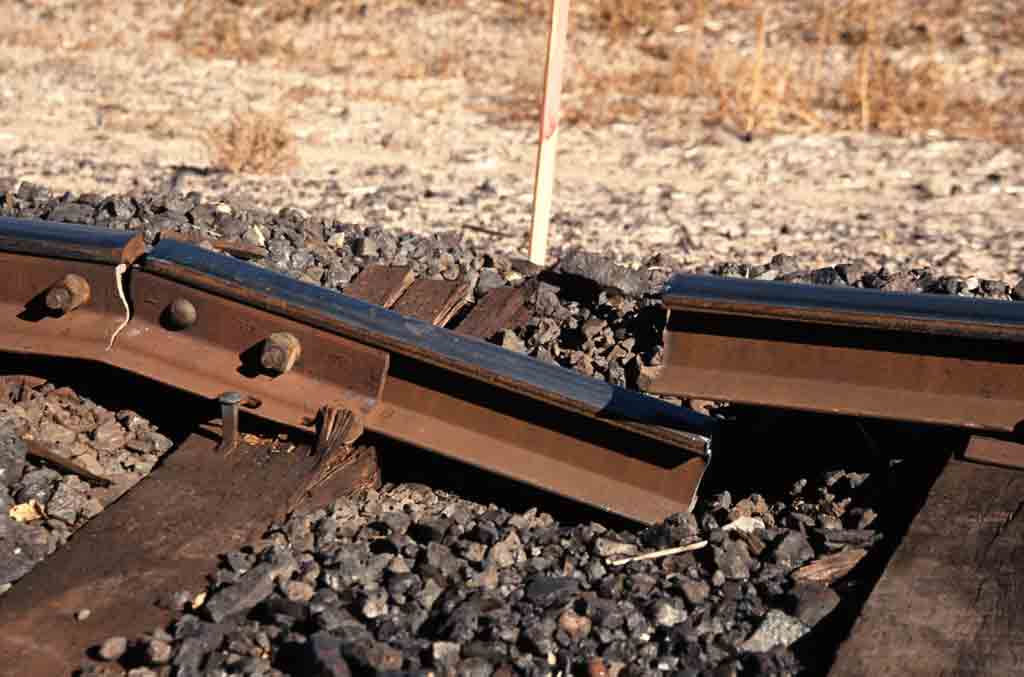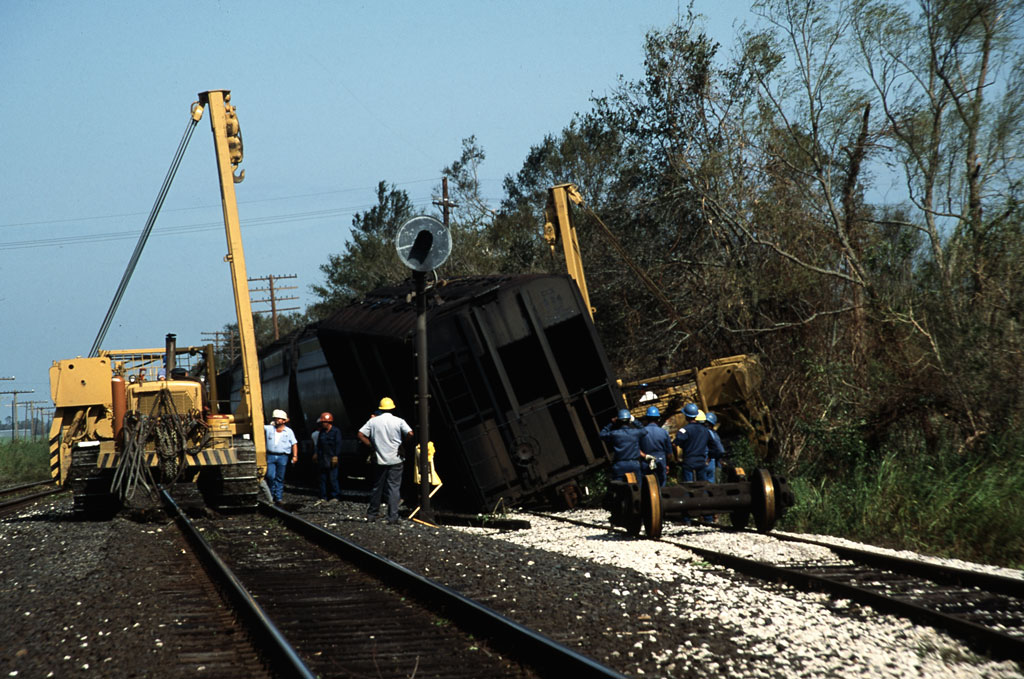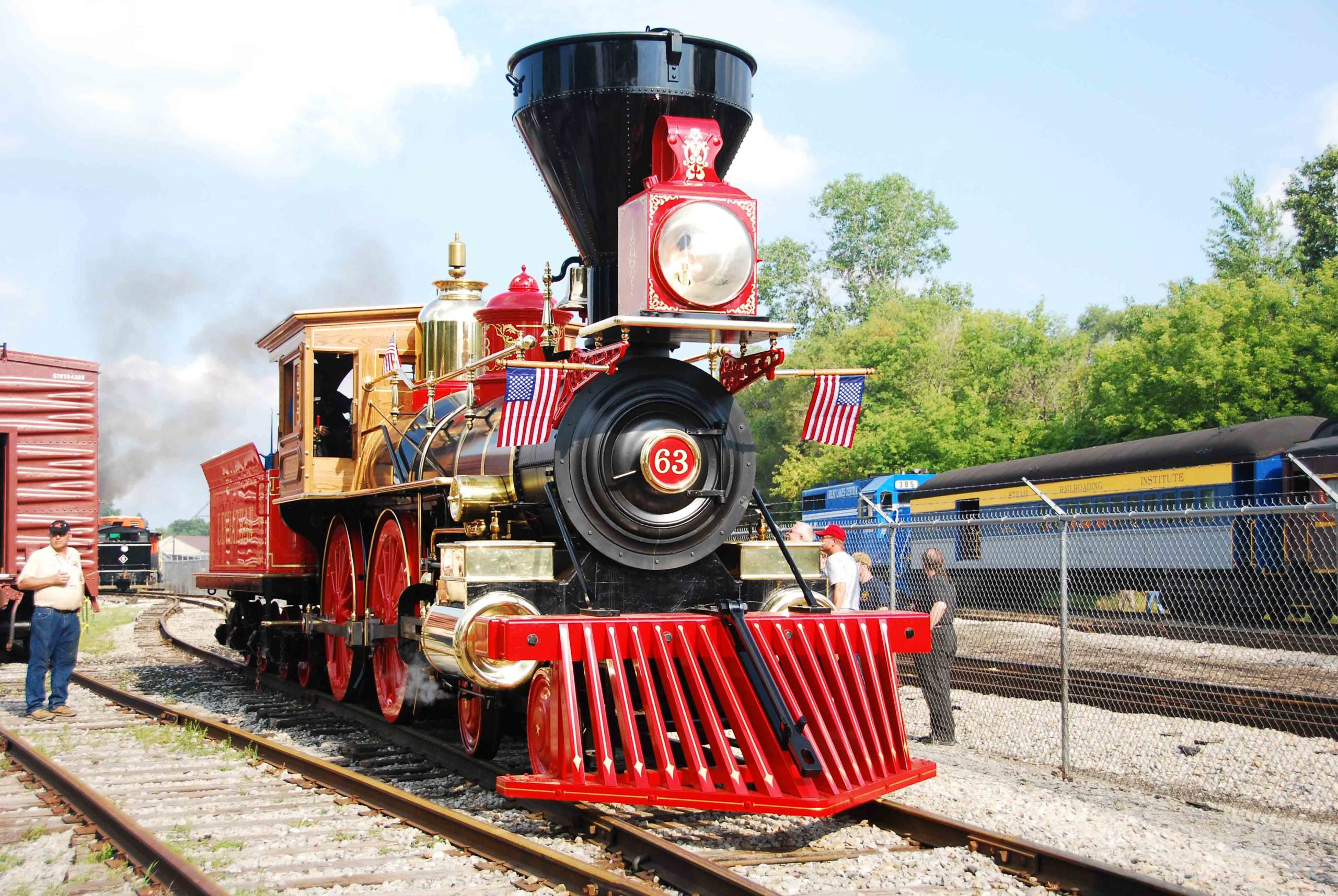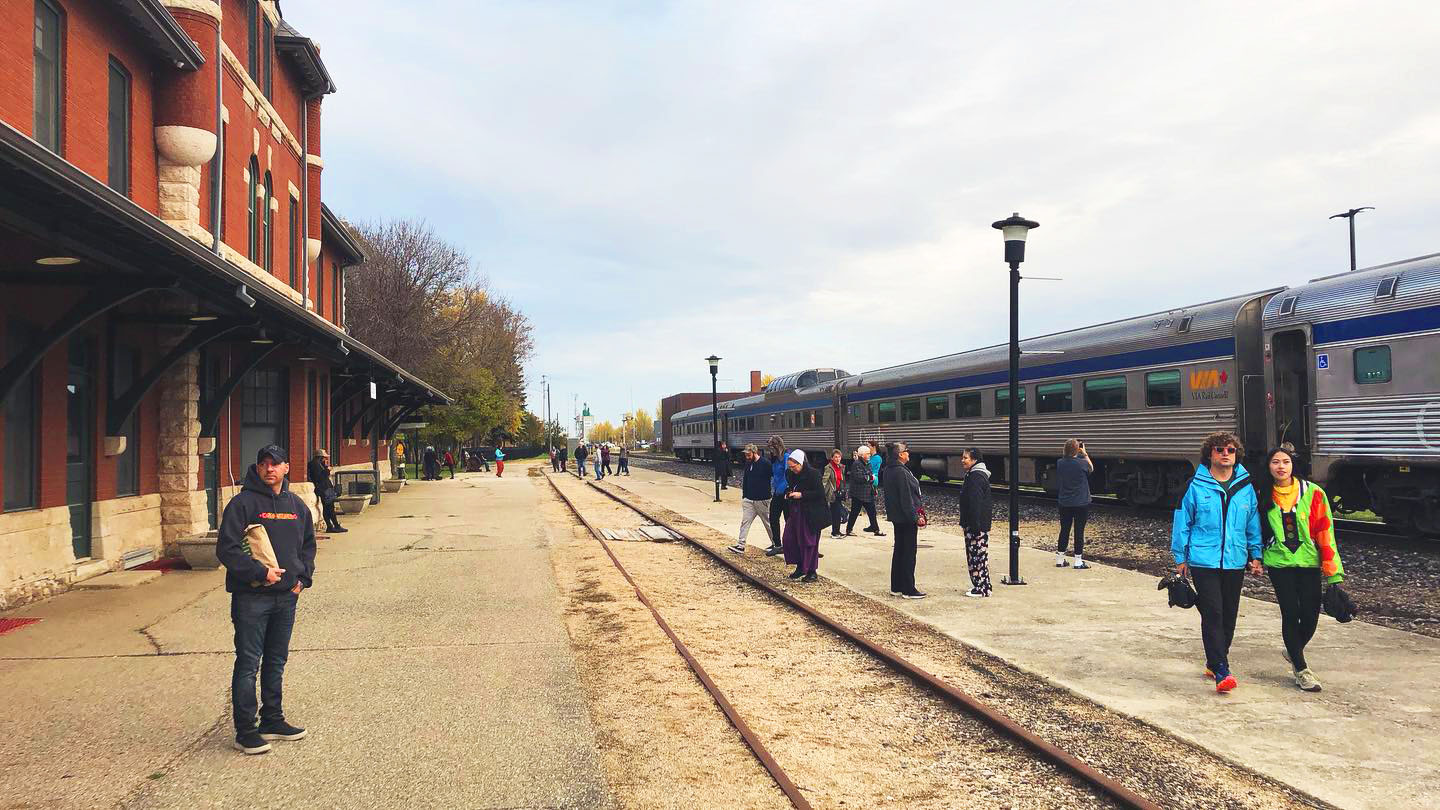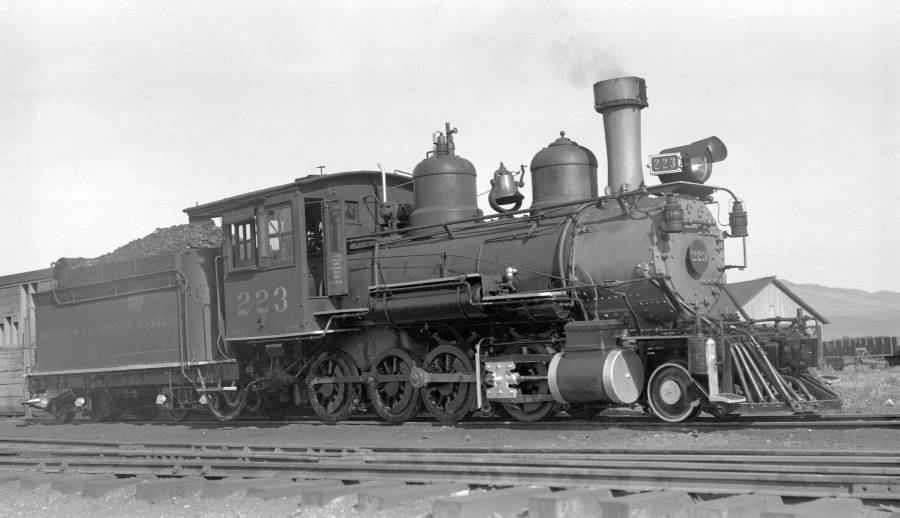Consider yourself lucky if you find a section of broken rail before a derailment finds you. Whether it is the entire train or just one set of trucks, whatever wheels made it over the break just dropped down and then climbed back up over the left hand portion of the break all the while remaining on the rail. Thus Arizona Eastern Railway was spared a derailment north of Pima Ariz., on Dec. 4, 2003. The chief engineer for our region was amazed that a train didn’t derail.
The railroad was fortunate that the rail didn’t break even under the last car in the train. In addition to the concern for track, equipment, commodity, and crew, US 70 is only about 30 feet to the east of the track.
Arizona Eastern experienced broken rails similar to this fairly often. The reason we had them was a combination of 72 mainline miles of 75-pound rail, much of which was milled almost 100 years ago with “splinters” for ties.
Unfortunately, two to four times per year, rail broke under a train, causing a derailment. Not surprisingly breakage tended to happen in the spring or fall, when the rail would be “running” due to expansion and contraction from the hot days and cold nights.
Following this discovery in December 2003, a decision was made to operate a detector truck across the railroad in an attempt to find the bad rails before the trains did. Over 1,200 defective rails were located, marked, and recorded. Then we began the long, expensive process of replacing the rail, along with installing better ties under it. Though replacing the rail slowed derailents down, Arizona Eastern couldn’t replace the rail and ties fast enough and rails continued to break under trains.
Of all the damage Hurricane Andrew wreaked on Louisiana & Delta Railroad, including more than 1,000 trees down on the right-of-way, electrical power wires down all over the place, freight cars blown over by straight line winds in excess of 100 mph, and main radio antenna blown down, the worst of the tragedy was the loss of revenue from the customers, many of which were without power at their plants for several days and some even for weeks.
Louisiana & Delta and Hulcher crews rerailed carbon black covered hopper, which was lifted up and dropped onto the Southern Pacific main line by a tornado spawned by the hurricane in Garden City, La., on Aug. 27, 1992. The crews hardly had to move the trucks because they remained within a few inches of the storage track.





